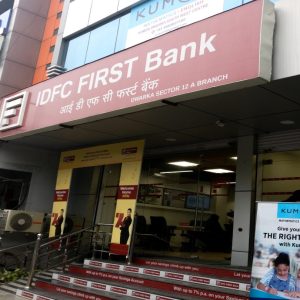
Fabric, which is a major component of Deutsche Bank’s digital transformation strategy, acts as automated and self-service hybrid cloud platform to help application teams develop, deliver and scale applications rapidly and efficiently.
Deutsche Bank executes around 13 million payments at a value exceeding €1.1 trillion and clears transactions worth €500bn each day, said Red Hat.
Deutsche Bank cloud, application and integration platforms head Tom Gilbert said: “Our vision was for ‘Everything as a Service’ – to create a bubble where our people can’t tell if they’re building software for a bank or any of the software companies in the world.”
Cloud-native application development methodologies such as containers, microservices and DevOps will help deliver flexible, on-demand and always-on services to customers in a competitive market such as global finance.
To meet its business objectives, Deutsche Bank has developed Fabric next-generation strategic platform, which can provide an “Everything-as-a-Service” experience for its application teams to build and deploy new applications across the hybrid infrastructure of the bank.
Red Hat Enterprise Linux has acted as a core operating platform for the bank for multiple years. It serves as a supported and common foundation for workloads both on-premises and in the bank’s public cloud environment.
For Fabric, Deutsche Bank has decided to continue using Red Hat’s cloud-native stack OpenShift Container Platform.
Red Hat OpenShift Container Platform has been deployed on Microsoft Azure, as part of a security-focused new hybrid cloud platform to build, host and manage banking applications.
The deployment of Red Hat OpenShift Container Platform, which is a major enterprise Kubernetes platform, on Microsoft Azure, will help IT teams to use massive-scale cloud resources with a standard and consistent PaaS-first model.
Deutsche Bank also deployed OpenShift platform on its on-premise infrastructure for use across hybrid cloud environments ranging from the datacenter to multiple public clouds.
Both Red Hat Enterprise Linux and OpenShift Container Platform are managed with the support of Red Hat Ansible Tower, a framework that automates and standardizes IT at enterprise scale.
Red Hat cloud platforms senior vice president Ashesh Badani said: “As we continue to move forward in this era of digital transformation, organizations are often faced with becoming a software company.”






